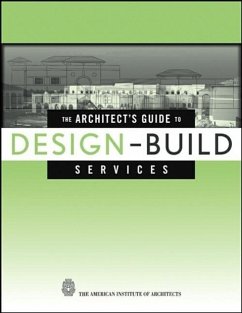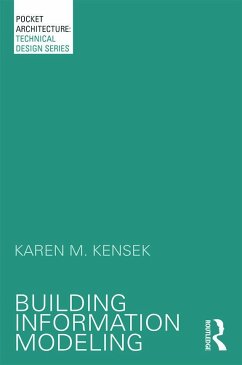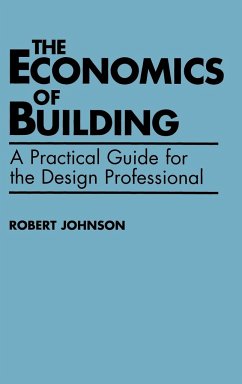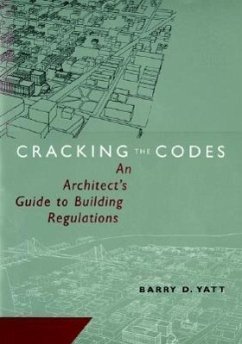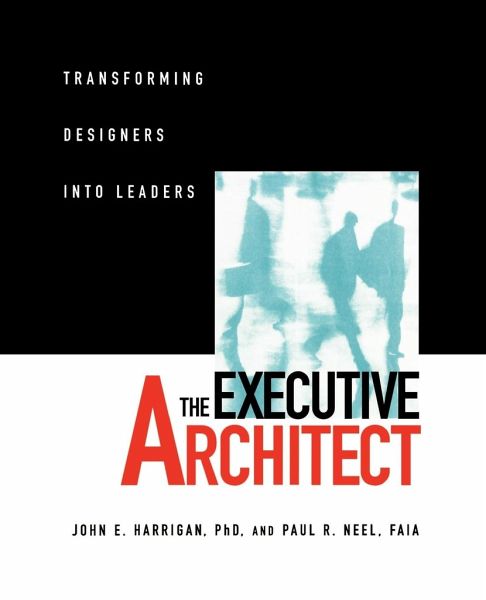
The Executive Architect
Transforming Designers Into Leaders
Versandkostenfrei!
Versandfertig in über 4 Wochen
115,99 €
inkl. MwSt.

PAYBACK Punkte
58 °P sammeln!
"We cannot continue to accept the view that when times are good we will prosper and when times are bad we will suffer. . . . We must move from a business of commissioned services to one of direct participation in all our clients' endeavors, where productive participation establishes us as trusted partners, the currency for a continuing relationship." --John E. Harrigan and Paul R. Neel In their drive to compete effectively in the emerging world economic order, today's enterprise organizations are undergoing a period of radical redesign, restructuring, and redefinition. As they do so, they are ...
"We cannot continue to accept the view that when times are good we will prosper and when times are bad we will suffer. . . . We must move from a business of commissioned services to one of direct participation in all our clients' endeavors, where productive participation establishes us as trusted partners, the currency for a continuing relationship." --John E. Harrigan and Paul R. Neel In their drive to compete effectively in the emerging world economic order, today's enterprise organizations are undergoing a period of radical redesign, restructuring, and redefinition. As they do so, they are coming to rely more and more upon design professionals to help them build their roads to the future. This means that unlimited opportunities now await the architect who can look beyond the everyday aspects of professional practice and learn as much as possible about his or her clients' worlds. But forging enduring partnerships with clients requires more than just proven design skills on the part of an architect. Today's successful architect is as much a business executive as an artist. He or she is conversant in an array of core business skills--including marketing, client relations, leadership, strategic management, and others--rarely covered in professional education programs. Based, in large part, upon Professor John E. Harrigan's innovative executive program for architects at California Polytechnic State University, The Executive Architect fills that critical gap in professional education. In addition to schooling designers in a wide range of crucial business concepts, tools, and techniques, it provides a complete blueprint for transforming a practice from one based on the fulfillment of commissioned services to one based on an ongoing engagement with every aspect of clients' worlds--their goals, risks, opportunities, and unique corporate cultures. In creating this innovative guide, authors Harrigan and Neel drew on the experiences of more than a dozen of the nation's most respected executive architects, including Arthur Gensler, Charles Luckman, and Judy Rowe. Throughout the book, these industry leaders offer their insights, advice, and guidance on a wide range of topics, from leadership to benchmarking, from forming strategic partnerships to building knowledge base systems. Also featured throughout the book are numerous instructive case studies. Based on the Harvard Business School model, these studies present a broad array of successful decision-making examples. The Executive Architect helps designers acquire the skills needed to expand beyond the boundaries of current practice and to exploit the unlimited opportunities and challenges of doing business in the new world economic order.





